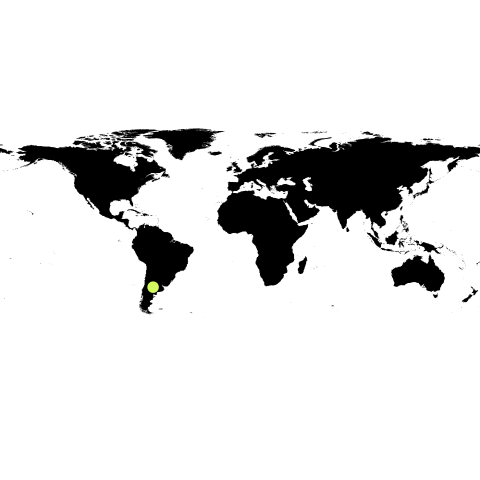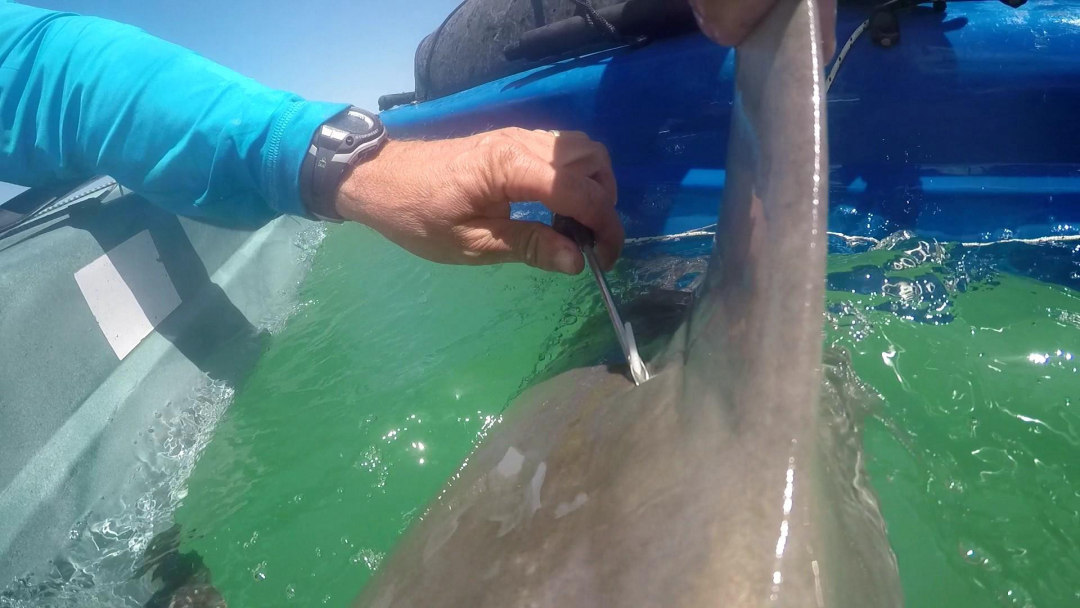Disclaimer:
Please be aware that the content herein is comprised of personal reflections, observations, and insights from our contributors. It is not necessarily exhaustive or authoritative, but rather reflects individual perspectives. While we aim for accuracy, we cannot guarantee the completeness or up-to-date nature of the content.
Contributory project: It is designed by scientists, and citizens participate in data collection.
Overall goal: Promote recreational fishing with catch and release of coastal sharks, including conventional tagging.
Description of citizen participation: This Program involves anglers and local fishing communities that take part in scientific research by tagging sharks with the aim to collect key information for their conservation. Tagging consists in placing a yellow dart tag containing the data required for identification below the shark’s dorsal fin. This information allows researchers to determine the migration patterns, days of release, body size growth, post-release survival, and tagging site fidelity of recaptured sharks, among other data. It also enables the identification of significant areas, the number of female sharks and of specimens close to parturition, and their conservation category according to the International Union for Conservation of Nature (IUCN), among other aspects.
Time frame. 1/10/2010 – N/A
Project leaders. Juan Martín Cuevas, Conservation Society Argentina (WCS) and National University of La Plata (UNLP, in Spanish).
Contact information. Email: [REDACTED_EMAIL] Email: [REDACTED_EMAIL] Facebook: facebook.com/conservartiburonesarg/ posts/[REDACTED_PHONE] Instagram: instagram.com/conservar_tiburones_arg
 Consent to share form or official link.
Consent to share form or official link.

 14Life below water
14Life below water
Comments
Log in to add a comment or reply.